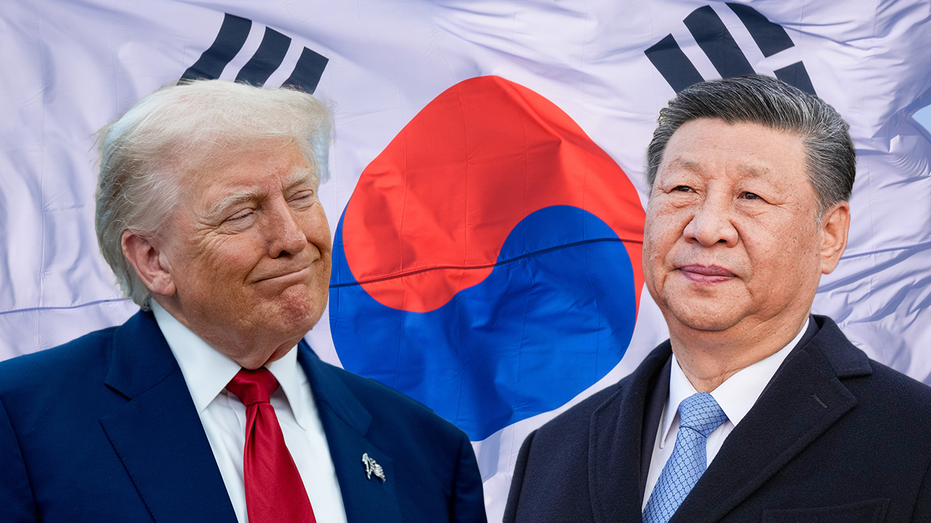Xi Jinping Signs Order to Strengthen Protection of Military-Industrial Facilities
Xi Jinping issues new regulations to safeguard China's key military-industrial facilities.

China has announced a new set of regulations aimed at strengthening the protection of key military-industrial facilities, as part of an ongoing effort to modernize the country’s national defense. The regulations, jointly published by the State Council and the Central Military Commission (CMC), were officially promulgated after CMC Chairman Xi Jinping signed the relevant order. Premier Li Qiang also issued a State Council decree to release the document.
According to authorities, the new rules are designed to enhance the security, efficiency, and standardized operations of sites playing critical roles in China’s defense sector. These sites include buildings and zones used for research, production, testing, and storage of advanced weaponry and equipment. Archives and data centers, communication and observation stations, as well as specialized ports, docks, airports, and dedicated railway lines, fall within the scope of these protections.
Key provisions of the regulations mandate comprehensive security measures, most notably the creation of protection zones around important military-industrial facilities. Access to these zones is strictly controlled: individuals, vehicles, and vessels may not enter without specific authorization from management authorities. Furthermore, recording activities such as photography, videography, audio recording, sketching, or any form of documentation are expressly prohibited within these secured areas.
Violations of these new rules may result in criminal penalties, reflecting the government’s determination to protect military assets against potential threats or information leaks. The document also underscores the need to factor facility protection into broader socio-economic planning, indicating a whole-of-government approach to safeguarding national interests.
The new regulations are organized into 51 articles across seven chapters and are scheduled to come into force on September 15, 2025. The extended lead time before implementation provides relevant organizations and authorities with an opportunity to adapt their operations and ensure compliance with the stricter security measures.




